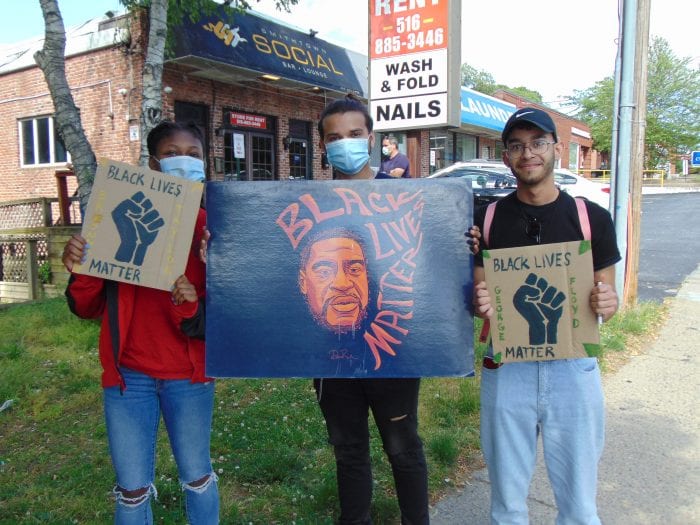By Leah S. Dunaief

Early Sunday morning, I had a close encounter with a tick. Now I know this is a bonanza season for ticks because we have had so much rain this past spring and there is lush greenery for the ticks to inhabit. Also, we have run articles cautioning readers about ticks and how the symptoms of Lyme disease so closely mimic those of COVID-19. I can advise you further that when you find a tick in bed with you that has already attached itself onto your person, you will experience shock and maybe even the creepy-crawlies.
Additionally, I could feel the lump, but because of its location, I could not see it. So since it was early and I was still more than half asleep, I tried to persuade myself that I could go back to sleep and we could deal with it later. But no, my brain was already on high alert and nudged me out of bed and to a full length mirror.
Yep, it was a tick, tiny but unmistakable. Ech! What to do next? I have pulled them off my dogs many times over the years, but this one was smaller and out of reach. I googled “Tickssuck.org,” which told me not to slather it with Vaseline in order to smother it into releasing its hold on me, which I had done with the dogs. Instead it recommended getting tweezers, placing one tip under the head of the tick and carefully extract the beastie. Not wanting to wake the household, I found a smaller hand mirror, a pair of tweezers and a plastic bag to save the tick for diagnosis.
It was not pretty. I was in a convoluted position just to see the spot, and while one hand had to hold the mirror, the other could only fumble around with the tweezers. Somehow, after repeated stabs, I was able to yank the tick free, but I had left the head, the toxic part, still in my skin. I carefully, or so I thought, moved the tweezers toward the plastic bag only to have the tick slip out and fall onto the small bathroom rug at my feet. I uttered a not-so-nice word as I bent down to find the arachnid. After intense scrutiny, I could not find it. I carried the fluffy rug, carefully as you might imagine, out the front door and put it down in the sunlight. I saw nothing and was about to give up when I spied it and this time bagged it.
What did I do next? I sat down back inside my house and considered throwing up. Not a good idea in the living room. I considered going to a hospital emergency room but dismissed the thought in this time of real emergencies. I had the specimen, it was no longer attached, it would make a good story when everyone was awake, and I would wait until the beginning of the week to see a physician.
Monday morning, I tried to get an appointment. “When are you free in August?” I was asked sweetly by the receptionist. There ensued a lengthy exchange about 72 hours being critical for treatment, followed by a couple of phone calls back and forth throughout the day and finally a Tuesday slot. “Yes, it appears the head of the tick is still there, in the center of the red circle,” confirmed the physician who was good enough to squeeze me into his already overbooked schedule. “Would you like to wait until your body extrudes the head, which normally happens with a foreign substance in the skin, or would you like me to anesthetize the area and cut it out?” he asked. “Makes no difference.”
Well, it did make a difference to me, and I opted to wait. I left with two doxycycline and the warning to make sure the red spot doesn’t turn into a rash, to call immediately if it does for a full 21-day prescription, and an order for a blood test for Lyme after six weeks will have passed.
I share this with you to urge you every night to check yourself and your loved ones for ticks.















